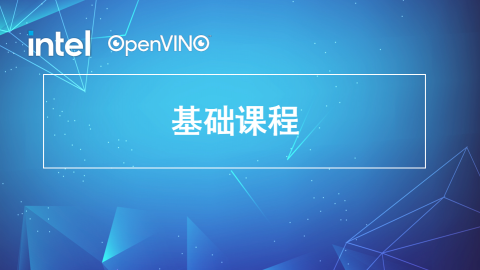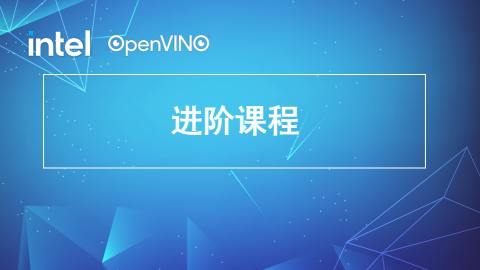逻辑回归模型:
want: 0 <= hθ(x)<=1
hθ(x) = g(θTx) //θ 注意有个θ0 一般置1
g(z) = 1 / (1+e-z) //sigmoid 函数
由sigmoid函数特性(2分类问题):
当θTx>= 0 时,hθ(x)>= 0.5 , 预测 y =1 ;
当θTx< 0 时,hθ(x)< 0.5 , 预测 y = 0 ;
ps: 可以改变阈值, 此处为0.5,取决于需要的置信度高低
决策边界:
θT.X == 0 对应上面阈值为 0.5 不一定是直线,看特征向量怎么选 平方 x1*x2
csot function:
J(θ) = 1/m Σ(-y log( hθ(X) ) - (1 - y)log( 1 - hθ(X) ))+ (λ /2m)∑j=1n θ2j //m为样本数 可进行向量化 红色部分为正则项
目标:
min(J(θ))
使用梯度下降
Repeat:
θj := θj - α(Σ(hθ(xi) - yi) xij + (λ /m)θj)
注意: θ要“同时“赋值, 因为求下降的部分用到了 hθ(xi) 而hθ(xi)里面用到θ
即是在山上一个位置同时对各个方向求偏导 如果不同时 那么 位置就变了
优化:
overfit : reduce feature, bigger dataset,increase penalize parameter λ
underfit: increase feature, reduce penalize parameter λ
How to choose learning rate α ?
By iteration and draw the picture of cost function and times of iteration
- 还没有人评论,欢迎说说您的想法!




 客服
客服


